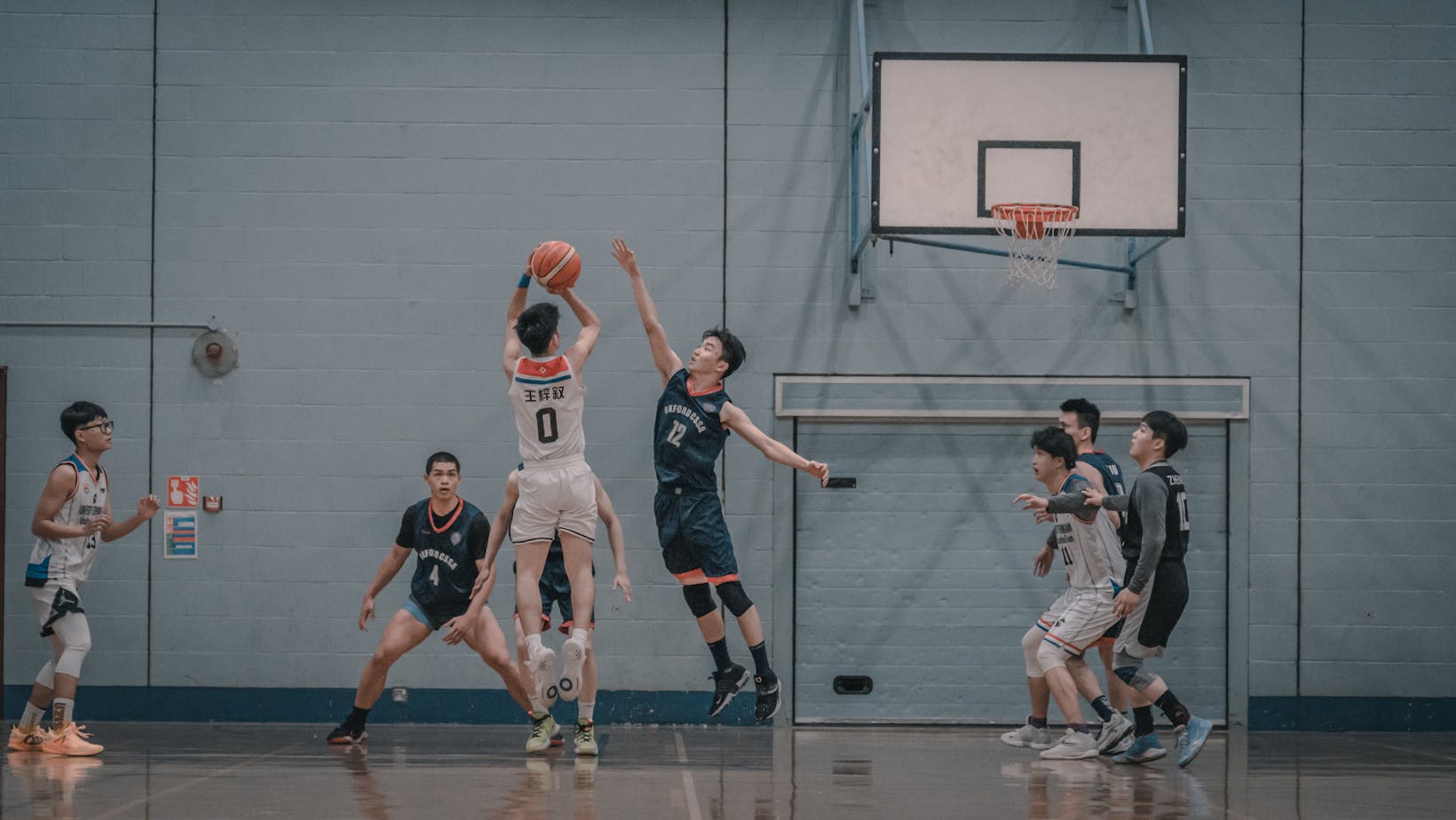As the country heads out of Winter and into Spring there’s a stirring not just in nature but in the college basketball world. That’s because the beginning of March heralds the arrival of the NCAA Division 1 Men’s Basketball Tournament – or March Madness as it’s more commonly called.
Held over a three-week period, it sees 68 hopeful teams from all over the States battle it out for the ultimate prize in college basketball, not to mention giving countless fans the opportunity to bet on March Madness. It’s an especially key time for many of the players as individuals. After all, the 30 NBA team coaches will be keeping an eye out for future stars of the court.
To reach the final, the 68 teams have to be whittled down in short order, and this gives the tournament its fairly frenetic pace. Here, we aim to explain how it all pans out.
The Work Of The Selection Committee
The competing teams split into two distinct groups of 32 and 36, respectively.
The 32 teams are the ones who have won their local conference tournaments which are played out over the fortnight before March Madness gets under way.
The other 36 teams are the ones chosen by the NCAA Selection Committee. This is a panel that consists of the various conference commissioners and university directors of sports who are appointed by the NCAA.
They take a deep dive into the non-qualifying teams’ performances over the season using the reams of data generated by the sport, possibly also taking into consideration the college basketball lines that have come into play.
Once the full 68 teams have been chosen, they are seeded from 1 to 68 by the Selection Committee.
Creating The Bracket
This process is called creating the bracket, something that is done the week before March Madness kicks off with Selection Sunday. Because the individual conference tournaments are still being played, the committee may have various different brackets prepared and use the most appropriate one according to how the results go.
Once the 68 teams have been seeded, they are divided into four geographical regions with 16 teams in each. This is to ensure that no team has to travel too far to play their opponents at a convenient neutral venue.

While each team retains its “true seed” value of between 1 and 68, each regional group is also seeded from 1 to 16.
The draw is planned so, should all four No. 1 seeds make it through to the semi-finals or Final Four, the games would feature the true seeds 1,2,3 and 4. But we’re getting a little ahead of ourselves here.
The First Four
The first round of the tournament needs to reduce the 68 teams to 64, which can then be reduced to the two finalists after five elimination rounds.
So, eight of the lower-seeded teams drawn from the four regions compete in the first round, called the First Four. These games are held on the Tuesday and Wednesday of the tournament’s first week, with the winning four progressing to the tournament proper.
Into The Tournament
With the four losing teams from the pre-tournament round eliminated, it’s down to the really serious business of the first round.
Held on the Thursday and Friday of week one, the 64 teams play a single elimination match against opponents in their group.
Because high seeds tend to play low seeds in this round, it’s one that is famous for its upsets. On two occasions, the number 16 seed has knocked out their group’s number 1 seed – in 2018, UMBC saw off Virginia, and only last year Farleigh Dickinson beat Purdue, one of the early favorites in this season’s March Madness odds.
Then there’s barely time for the victorious teams to regroup before the 32 remaining teams have to play over Saturday and Sunday in the second round, which reduces the field to the so-called Sweet Sixteen.

This round is also known as the regional semifinals, as the teams are still playing in their groups. They do at least have a few days’ respite to prepare themselves as these games aren’t played until Thursday and Friday of the following week. The four regional finals, called the Elite Eight, are then played over the weekend.
Going National
Up until this point, games have been played at convenient venues for the teams. However, the action then moves to a neutral venue for the national semi-finals and final. This year, it’s going to be at State Farm Stadium in Glendale, Arizona.
The final is then held on either the first or second Monday in April and involves several rituals, including the cutting of the nets at the end of the game.
So that, in a nutshell, is how March Madness works – and why the whole tournament is a true thrill ride for fans from start to finish.


